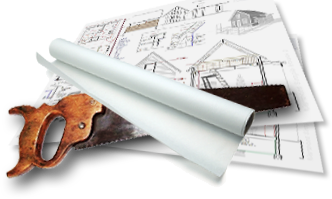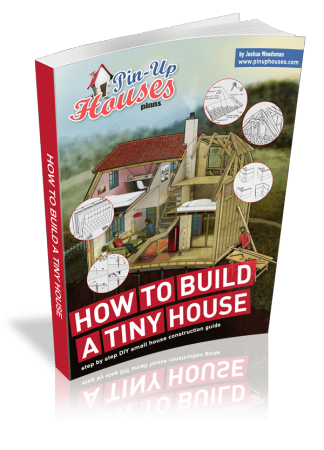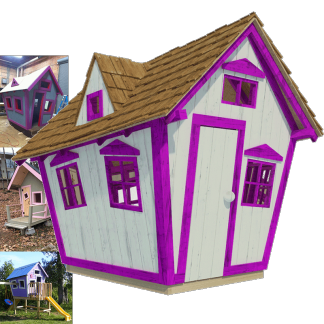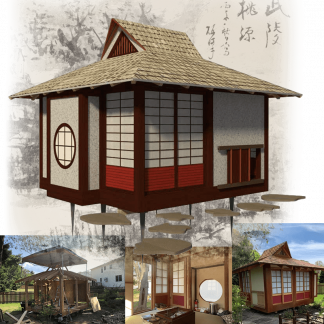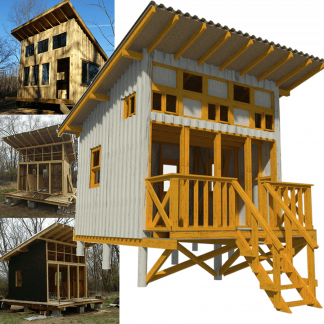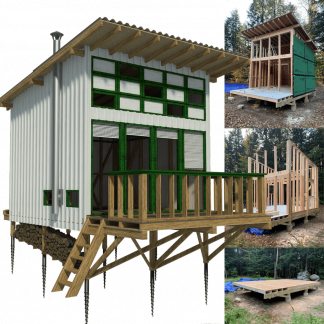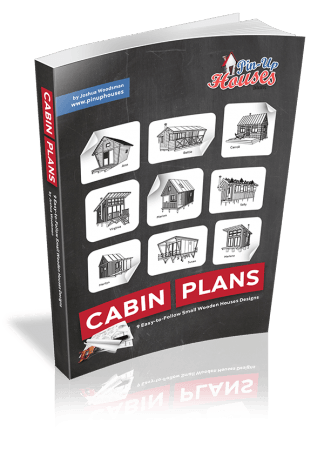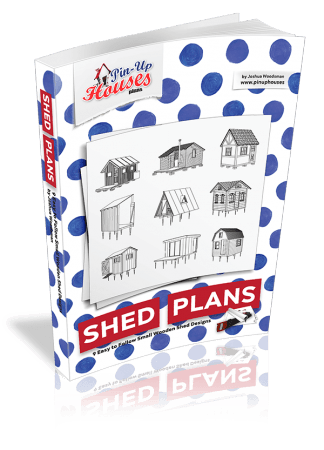
In a large house, a plumbing issue might go unnoticed for weeks. A small home has no such luxury. A dripping faucet keeps everyone awake. A clogged drain leaves the only sink in the house unusable. A water heater failure means the whole household is without hot water. In compact spaces, plumbing mistakes are amplified. That is why homeowners who choose small living need to pay extra attention to the details of their plumbing system.
Underestimating Water Usage
One of the most common mistakes in small homes is underestimating how much water is needed. A single bathroom shared by multiple people creates demand that older or undersized plumbing cannot handle. Insufficient pipe diameter or outdated fixtures lead to low pressure and poor performance. When designing or renovating a small home, it is essential to size pipes correctly and install fixtures that balance efficiency with reliability.
Ignoring Drainage Requirements
Small homes often rely on compact kitchens and bathrooms. Space constraints sometimes lead homeowners to cut corners with drainage. A sink may be installed without proper venting or a drain may be connected at the wrong slope. The result is slow drainage, frequent clogs, and unpleasant odors. These issues make daily living frustrating and can damage pipes over time. Correct drainage design is not optional, even in the smallest of spaces.
Overloading Old Plumbing
Many small homes are older houses or cabins that have been retrofitted for modern living. Adding a dishwasher, washing machine, or new shower can overload plumbing systems designed decades ago. Pipes that once handled basic needs suddenly fail under the pressure of multiple modern appliances. This leads to leaks, bursts, or persistent backups. Homeowners need to evaluate the condition of existing plumbing before adding new appliances to an older system.
Skipping Shutoff Valves
In a small home, every room is closer to the next. A plumbing leak in the kitchen can reach the living area or bedroom in minutes. Without accessible shutoff valves, homeowners have no quick way to stop the damage. Installing shutoff valves for sinks, toilets, and appliances is a low-cost upgrade that prevents costly repairs. Yet many small homes still lack this basic protection.
Poorly Placed Fixtures
Compact spaces require careful planning of where fixtures go. A toilet set too close to the wall or a sink that crowds the only entryway turns daily routines into a hassle. Poor placement also makes repairs more difficult, as plumbers struggle to access tight areas. Taking the time to plan layout around functionality rather than just aesthetics saves headaches in the long run.
Neglecting Water Heater Capacity
A common oversight in small homes is choosing the wrong water heater. A tank that is too small leaves residents without enough hot water, while a unit that is too large wastes energy and space. Tankless systems often work well for compact homes, but they still need proper installation and adequate water pressure. Selecting the right size and type of water heater is critical to comfort and efficiency.
Forgetting About Insulation
Small homes are not always built with long-term durability in mind. Pipes running along exterior walls or in crawl spaces are vulnerable to freezing temperatures. A single frozen pipe can shut down the entire water supply. Insulating pipes is one of the simplest steps homeowners can take to protect their plumbing system, yet it is often skipped. The result is costly repairs that are entirely preventable.
Relying on Quick Fixes
Space limitations make it tempting to use temporary fixes. Flexible hoses, cheap fittings, and makeshift repairs may solve a problem in the moment but often fail quickly. In a small home, a failed quick fix can cause widespread damage. Relying on durable materials and professional installation is especially important when there is little margin for error.
Ignoring Regular Maintenance
Plumbing problems rarely appear out of nowhere. They build up over time. Small leaks, slow drains, or noisy pipes are early warnings. In small homes, ignoring these signals leads to fast escalation. A leak that might be minor in a larger house quickly causes visible damage in a compact space. Regular inspections, cleaning drains, and checking for signs of wear go a long way toward avoiding emergencies.
Overlooking Water Efficiency
Many small-home owners prioritize eco-friendly living. However, plumbing is often overlooked in this effort. Old toilets, faucets, and showerheads waste water and inflate utility bills. Upgrading to efficient fixtures not only supports sustainability but also reduces strain on limited plumbing systems. In tight living quarters, efficiency translates directly into comfort and savings.
Trying to Handle Everything Alone
DIY projects are part of the small-home lifestyle. Building shelves, laying flooring, or painting walls are manageable. Plumbing, however, has higher stakes. A poorly soldered joint or an incorrectly installed drain can cause flooding and long-term damage. Knowing when to call a professional is as important as knowing how to handle small fixes. For practical guidance on what homeowners can do themselves versus when to call in experts, explore plumbing tips for homeowners.
Building a Smarter Small Home
Living in a small home requires efficiency in every system, from storage to plumbing. Avoiding common mistakes ensures that limited space feels functional rather than frustrating. By sizing systems correctly, maintaining fixtures, and making thoughtful upgrades, homeowners protect their investment and improve daily living. The smartest move is not waiting for problems to appear but addressing plumbing as a priority from the start.
Final Word
Plumbing is often invisible until something goes wrong. In small homes, those mistakes show up faster, spread further, and cost more. A single clogged drain or hidden leak can disrupt the entire household. By planning carefully, performing regular maintenance, and bringing in help when needed, homeowners can avoid the pitfalls that make compact living harder than it has to be.

